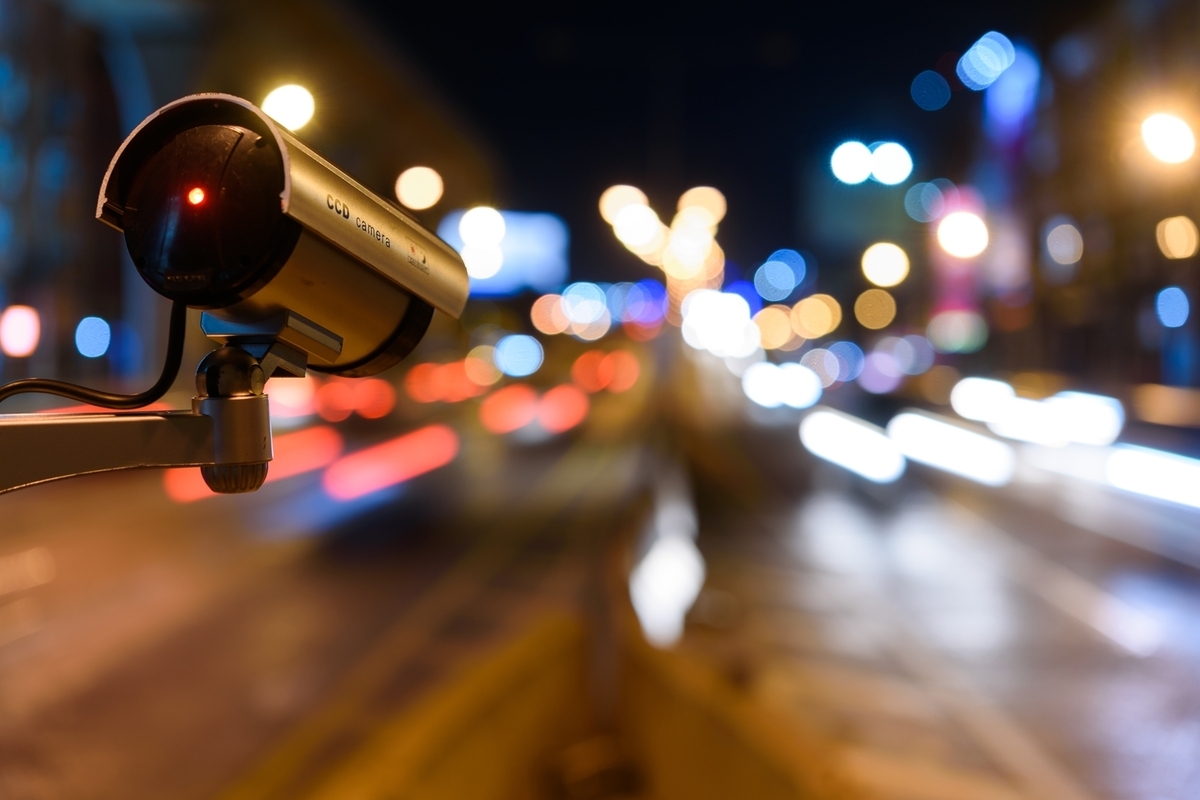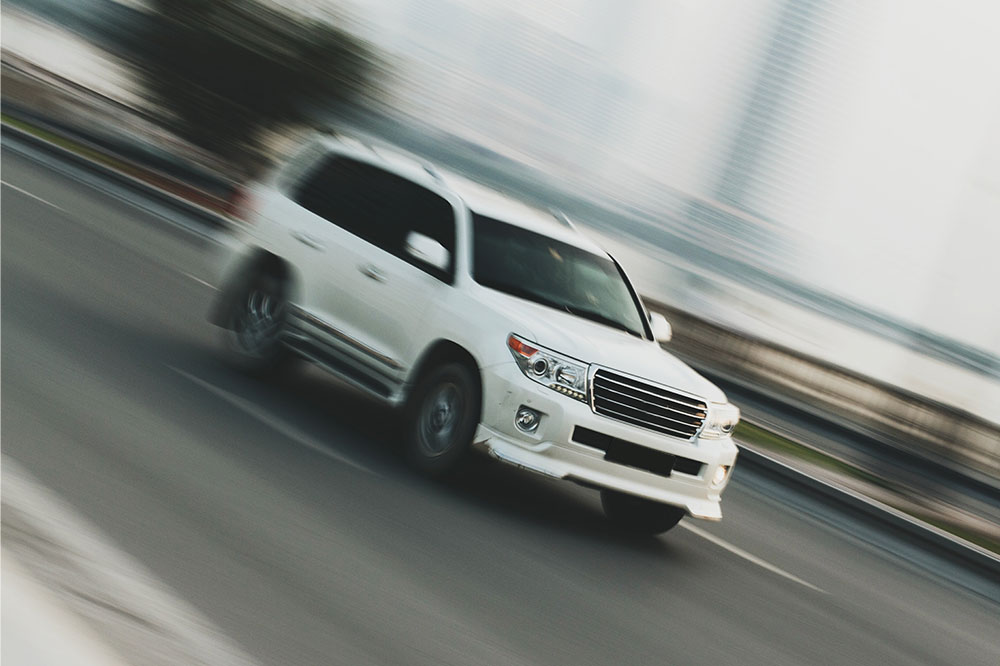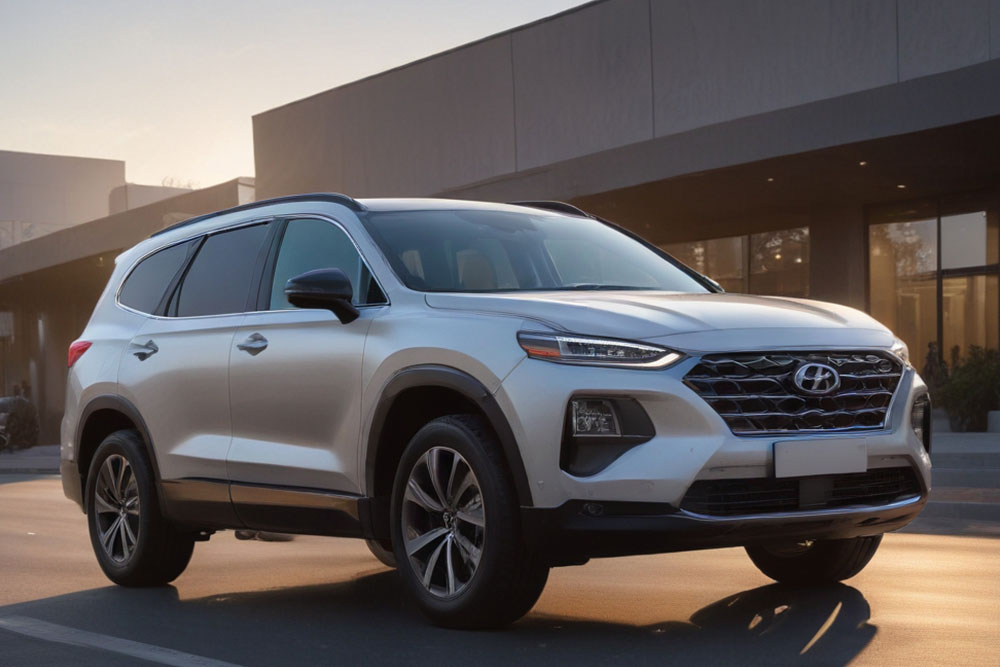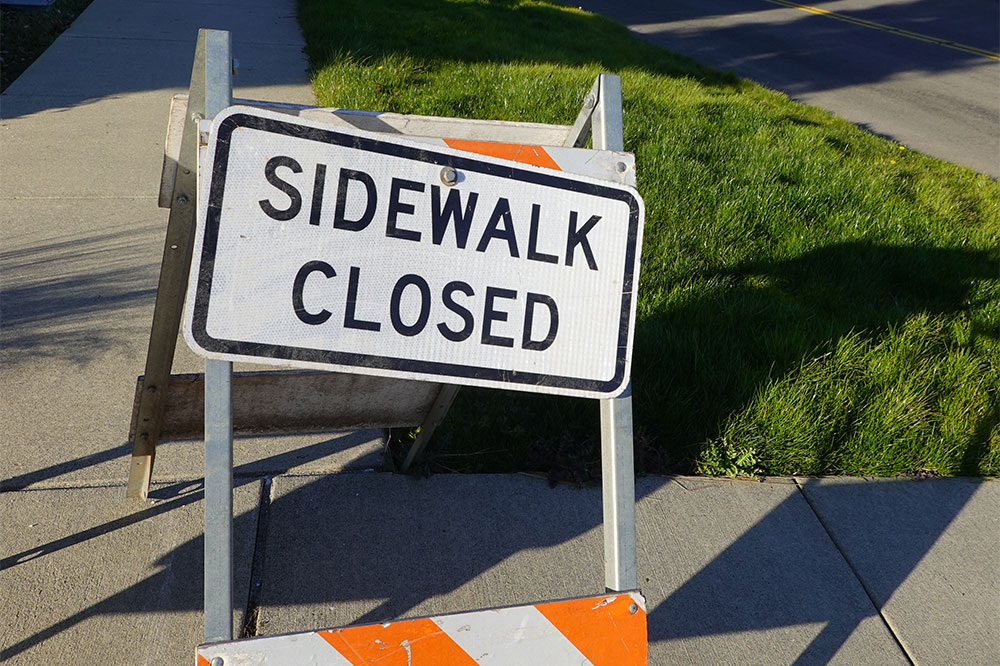Transforming Urban Mobility: The Critical Role of Real-Time Traffic Surveillance in Modern Transportation
This article examines the vital role of real-time traffic surveillance systems in modern urban transportation. Covering their evolution, benefits, challenges, and future trends, it highlights how live traffic cameras enhance safety, reduce congestion, and support sustainable development. The integration of AI and IoT promises smarter, more efficient traffic management, transforming urban mobility and driving the future of smart cities. Learn how these technologies are revolutionizing road safety and urban planning, and what lies ahead for transportation infrastructure.

Transforming Urban Mobility: The Critical Role of Real-Time Traffic Surveillance in Modern Transportation
In an era characterized by rapid urbanization and increasing vehicular congestion, the deployment of advanced traffic management systems has become essential for ensuring smoother, safer, and more environmentally responsible transportation. Among these innovations, real-time traffic surveillance technology—commonly implemented through live traffic cameras—stands out as a pivotal tool. These surveillance devices provide uninterrupted, live visual data of roadway conditions, allowing traffic authorities, law enforcement, and the public to make informed decisions that enhance safety, reduce congestion, and promote sustainability.
This comprehensive guide explores the evolution, benefits, challenges, and future trends of real-time traffic monitoring systems. By understanding the significance of these technologies, urban planners, commuters, and policymakers can better appreciate their vital role in shaping smarter cities and more efficient transportation networks.
This ongoing technological evolution has profoundly enhanced traffic flow analysis, incident management, and public safety overall.
Historical Development of Traffic Surveillance Technologies
The history of traffic monitoring dates back to the mid-20th century, initially featuring rudimentary black-and-white cameras that captured static images without broadcasting live footage. These early systems primarily served for traffic counting and basic monitoring. Over time, rapid innovations in digital imaging, communication, and networking transformed these surveillance tools into advanced, real-time systems capable of providing high-definition, live streaming videos accessible to multiple stakeholders. Today, these systems are integrated with traffic control centers, law enforcement agencies, and mobile applications, forming the backbone of modern intelligent transportation systems (ITS).
Key Benefits of Live Traffic Surveillance Cameras
Implementing continuous traffic monitoring offers numerous advantages, which are vital for urban development and public safety. The primary benefits include optimizing traffic flow, reinforcing safety protocols, supporting data-driven planning, and reducing environmental impact.
1. Enhancing Traffic Flow and Reducing Congestion
One of the core functions of live traffic cameras is improving the efficiency of traffic management. They allow authorities to monitor vehicle movement in real time and respond swiftly to changing conditions. This results in fewer bottlenecks, reduced travel times, and less driver frustration. Specific applications include:
Monitoring Vehicle Movement Patterns: Live feeds enable traffic operators to identify congestion hotspots early and implement control measures such as dynamic signal adjustments or lane management.
Rapid Emergency Response: When accidents occur, immediate detection through cameras ensures quick dispatch of emergency services, minimizing severity and potential secondary incidents.
Providing Real-Time Route Information for Commuters: Traffic apps and online platforms leverage live camera data to inform drivers about current road conditions, allowing them to choose alternate, less congested routes and improve their travel experience.
2. Promoting Road Safety and Supporting Law Enforcement
Beyond congestion management, live traffic cameras serve as crucial tools for ensuring safety and enforcement:
Accident Prevention: Continuous monitoring pinpoints high-risk areas, helping authorities implement preventive measures such as signage upgrades or additional patrol presence.
Detection of Traffic Violations: Cameras are instrumental in identifying violations like speeding, illegal turns, or running red lights, facilitating fair enforcement and discouraging reckless driving behaviors.
Deterring Criminal Activities: Surveillance setups in public transportation hubs and urban centers act as deterrents for crimes such as theft, vandalism, or assaults, enhancing public safety.
3. Facilitating Data-Driven Urban Planning and Traffic Analysis
The extensive footage collected by traffic cameras provides valuable insights that influence city planning and infrastructure development. Examples include:
Understanding Urban Traffic Dynamics: Analyzing flow patterns helps planners optimize signal timings, design new roads, or expand existing ones to accommodate future growth.
Assessing Traffic Volumes: Data about vehicle counts during peak and off-peak hours informs decisions on infrastructure investments and maintenance schedules.
Studying Driver Behavior: Observing how drivers respond to different traffic conditions aids in developing more effective control measures and educational campaigns.
4. Environmental Impact and Sustainability
Efficient traffic management not only benefits commuters but also positively affects the environment:
Reduced Emissions: Less idling and smoother traffic flow decrease harmful exhaust gases and particulate matter, contributing to cleaner air quality.
Lower Fuel Consumption: Optimized routes and traffic flow lead to reduced fuel burn, conserving natural resources and reducing operating costs for drivers.
Challenges and Limitations of Traffic Surveillance Systems
Despite their numerous benefits, these systems are not without challenges. Addressing these hurdles is essential for maximizing their potential:
Privacy Concerns: Continuous video recording raises issues related to personal privacy and data protection. Balancing surveillance with individual rights remains an ongoing debate, necessitating transparent policies and secure data handling practices.
Technical and Environmental Challenges: Weather conditions such as rain, snow, or fog can impair camera effectiveness. Additionally, system maintenance, hardware failures, and infrastructure costs present operational hurdles.
Data Management and Storage: The vast volume of footage generated requires significant storage solutions and advanced analytical tools. Efficient data processing techniques are crucial for extracting actionable insights without overwhelming resources.
Future Outlook and Emerging Trends
The future of traffic surveillance technology is promising, driven by innovations in AI and IoT (Internet of Things). Notable trends include:
Integration with Smart City Frameworks: Connecting traffic cameras with other IoT devices enables holistic data collection and predictive analytics, leading to proactive traffic management solutions.
AI-Driven Analytics and Automation: Artificial intelligence will enhance incident detection, congestion forecasting, and adaptive traffic control, reducing reliance on manual interventions.
Enhanced User Experience: Mobile applications will provide personalized traffic updates, virtual route previews, and real-time alerts, transforming daily commutes into more predictable and less stressful experiences.
Conclusion
Real-time traffic surveillance systems are integral to modern transportation management, significantly improving traffic flow, safety, and environmental sustainability. As technology advances, these systems will become even smarter, offering more precise data, predictive capabilities, and seamless integration with other urban infrastructure components. Governments and urban planners must continue investing in these innovations to develop resilient, efficient, and sustainable cities that prioritize both mobility and quality of life for their inhabitants.





